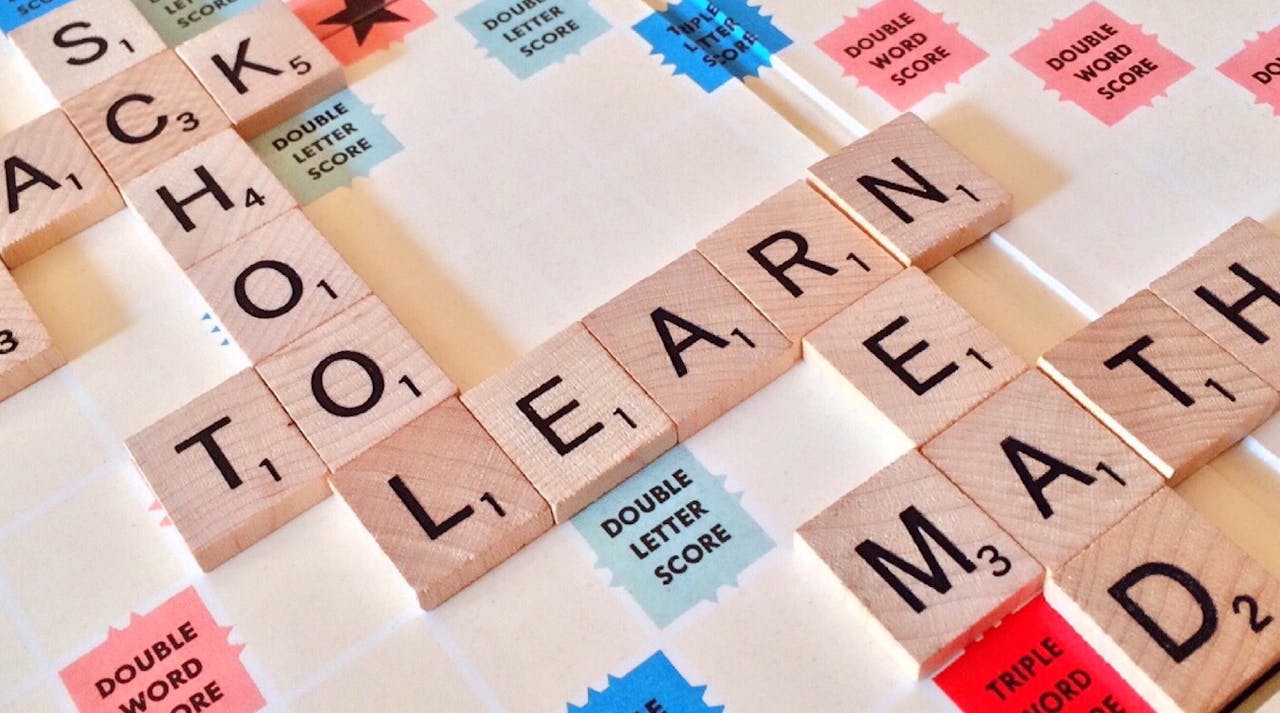Raven’s Progressive Matrices Test

What is the Raven’s Progressive Matrices Test and how does it identify gifted children?
The Raven’s Progressive Matrices Test is a nonverbal intelligence assessment that measures a child’s ability to recognize patterns and solve problems without using language. Often used for gifted program placement, this test evaluates fluid reasoning and abstract thinking across all age groups, especially in children ages 5 to 16. Because it’s language-free, it’s ideal for diverse learners, including non-native speakers and children with speech delays. On this page, you’ll find a full breakdown of the test, scoring insights, and free Raven’s-style practice questions to help your child prepare confidently.
Raven’s Progressive Matrices Test (RPM) – Gifted Test Overview
The Raven’s Progressive Matrices (RPM) is a widely respected nonverbal intelligence test used around the world to measure abstract reasoning and problem-solving ability. It is especially popular for identifying gifted children because it is language-independent and minimizes cultural bias.
Who Takes the Raven’s Test?
The test is designed for children and adults ages 5 and up and is commonly used by:
Schools and educational psychologists
Gifted and talented program screeners
Cognitive researchers
Employers in assessment settings
For gifted testing, RPM is frequently used alongside other evaluations like the CogAT, NNAT, or WISC to provide a more complete view of a child’s reasoning ability.
What Does the Raven’s Test Measure?
The Raven’s test measures fluid intelligence—the ability to solve new problems without relying on prior knowledge or language skills. It focuses on pattern recognition, logic, and visual-spatial reasoning.
The test is nonverbal, making it ideal for children who are:
English language learners (ELLs)
Non-native speakers
Non-verbal or speech-delayed
From diverse cultural backgrounds
Raven’s Progressive Matrices Test Format
The test presents a series of visual puzzles in the form of a matrix. Each matrix is a pattern with a missing piece, and the child must select the correct answer from a set of multiple-choice options.
Common Versions:
| Version | Age Group | Description |
|---|---|---|
| Standard Progressive Matrices (SPM) | Ages 6–16 | Used for school-age children |
| Colored Progressive Matrices (CPM) | Ages 5–11 | Designed for younger children with fewer items and colored visuals |
| Advanced Progressive Matrices (APM) | Ages 12+ | For older students and adults |
Each version increases in difficulty, starting with simple visual patterns and progressing to more complex logical relationships.
Free Raven’s Test Practice on Our Site
We offer free Raven’s-style practice questions to help children become familiar with the test format and improve confidence. Practicing visual-spatial reasoning and matrix logic can support success in this type of nonverbal assessment.
How Is the Raven’s Test Scored?
The Raven’s Progressive Matrices Test is scored based on the number of correct answers a child provides on the multiple-choice visual puzzles. The raw score (total correct responses) is then converted into a percentile rank and a standard score, which may be interpreted as an estimate of the child’s IQ or general cognitive ability.
Scoring Steps:
Raw Score Calculation
Each correct answer earns 1 point. There is no penalty for wrong answers. The total number of correct answers forms the raw score.Age-Based Norms
The raw score is compared to age-based norms, since expectations vary for children of different ages. Norms are established through a large population sample.Percentile Rank
The raw score is translated into a percentile rank, indicating how the child compares to others in the same age group.
Example: A percentile rank of 95 means the child scored higher than 95% of peers.
Standard Scores and IQ Estimates
Some test versions offer a standard score or IQ estimate. For example:
Average score = 100
Gifted range = 130 and above
High average = 115–129
Below average = under 85
Interpreting Giftedness
Many gifted programs consider a score in the 95th percentile or above as qualifying for further gifted screening or placement.
Test Versions and Their Score Ranges
| Test Version | Age Group | Max Raw Score |
|---|---|---|
| Colored Progressive Matrices (CPM) | Ages 5–11 | 36 items |
| Standard Progressive Matrices (SPM) | Ages 6–16 | 60 items |
| Advanced Progressive Matrices (APM) | Ages 12+ | 48 items |
Each version has its own score-to-percentile conversion chart, depending on the age of the test-taker.
How to Prepare for the Raven’s Progressive Matrices Test
Although the Raven’s Progressive Matrices Test is designed to assess natural reasoning ability, preparation can still make a big difference in performance—especially by helping children become comfortable with the format, reduce test anxiety, and improve visual problem-solving skills.
1. Practice Pattern Recognition
Raven’s questions are based on identifying patterns and completing visual sequences. Help your child:
Work on puzzle games, such as tangrams and shape sequences
Solve matrix puzzles with increasing levels of difficulty
Practice spotting visual changes in size, rotation, color, and direction
Our website offers free Raven’s-style sample questions to support this type of preparation.
2. Build Visual-Spatial Skills
Encourage activities that strengthen spatial awareness:
Drawing and replicating patterns
Completing jigsaw puzzles
Playing with building blocks (e.g., LEGO)
Navigating mazes and visual brainteasers
These activities help children better interpret spatial relationships—a key part of Raven’s success.
3. Encourage Logical Thinking
Support your child’s logic and reasoning with:
Logic riddles or games like Sudoku
Spot-the-difference games
“What comes next?” sequence questions
Categorization and classification games
This helps develop flexible thinking, essential for solving abstract matrices.
4. Take Practice Tests
Taking practice Raven’s Progressive Matrices questions helps children:
Understand question format
Improve timing and pacing
Feel confident going into the real assessment
Try our free practice section to simulate test-like conditions in a stress-free way.
Raven’s Progressive Matrices – Frequently Asked Questions (FAQ)
The Raven’s Progressive Matrices Test is a nonverbal intelligence test that measures a child’s ability to recognize patterns, reason logically, and solve abstract visual problems. It is commonly used for identifying gifted students and evaluating general cognitive ability.
The test can be used with children and adults starting from age 5 and up. Specific versions are tailored to different age groups, including preschoolers, school-age children, and older students or adults.
It measures fluid intelligence, or the ability to solve new problems without relying on language or learned knowledge. The test focuses on visual reasoning, pattern recognition, and abstract problem-solving.
Yes. Many gifted and talented programs use the Raven’s test, especially the CPM (Colored Progressive Matrices) and SPM (Standard Progressive Matrices), as part of their screening and qualification process.
Some versions are timed, especially in school or research settings, but others—particularly for younger children—may be untimed to reduce pressure and better assess ability.
Scores in the 95th percentile or above are typically considered strong indicators of giftedness. These scores mean the child performed better than 95% of peers in the same age group.
Preparation should focus on pattern recognition, logic puzzles, and matrix-style practice questions. Use free Raven’s-style practice tests like those available on our website to build confidence and familiarity.






